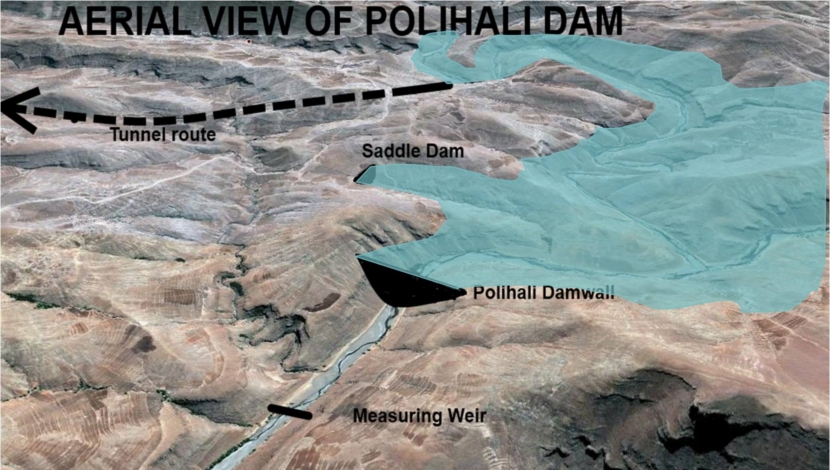

The Lesotho Highlands Development Authority (LHDA) has awarded the contract to design and supervise the construction of the Polihali water transfer tunnel – the largest of all the Lesotho Highlands Water Project Phase Two (LHWP II) engineering design contracts – to the Metsi a Senqu-Khubelu Consultants (MSKC) joint venture (JV).
Work on the design and construction supervision contract, which is valued at about R900-million, started in December.
“The appointment is a significant milestone in the implementation of LHWP II. The MSKC JV combines local, regional and international tunnel experts who are well qualified to deliver on the brief within the timeframe and to the highest standards,” said Lesotho Minister of Water Samonyane Ntsekele.
The JV includes Lesotho-based FM Associates and South African engineering firms Aurecon South Africa, Hatch Africa, Knight Piesold and SMEC South Africa.
The scope of services includes reviewing the existing project information and preparing the preliminary design of the transfer tunnel; preparing the tender design for the construction of the tunnel, as well as the tender drawings and tender documents; supporting the LHDA through the contractor tender and contract award process; preparing construction design and drawings; and providing contract management services during the construction of the tunnel.
Further, training of LHDA staff and skills and technology transfer for operating and maintaining the tunnel are part of the project, which also provides for training young professionals.
The envisaged transfer tunnel will be about 38 km long with a nominal bore of 5 m. It will transfer water by gravity from Phase II’s Polihali reservoir, in the Mokhotlong district, into the Katse reservoir for eventual delivery to South Africa via the existing transfer scheme. Construction of the tunnel is expected to commence in 2020 and to be completed by the end of 2025.
Phase II of the LHWP builds on the successful completion of Phase I in 2003. It delivers water to the Gauteng region of South Africa and uses the water delivery system to generate hydro-electricity for Lesotho.
Phase II will ensure a reliable water supply to South Africa by 2025, and progressively increase the current supply rate of 780-million cubic metres a year to more than 1 270-million cubic metres a year.
Simultaneously, it will increase the quantity of electricity generated in Lesotho and is a further step in the process of securing an independent electricity source to meet Lesotho’s domestic requirements.
More news
- CELEBRATING EXCELLENCE IN THE RESIDENTIAL PROPERTY SECTOR
- PART 4: GIBS PANEL DISCUSSES INTEMEDIATE CITIES ROLE IN AFRICA’S DEVELOPMENT
- EXPOSED AGGREGATE PAVERS COMPLEMENT NEW LIFESTYLE CENTRE
- GIBS PANEL EXPLORES ROLE OF INTERMEDIATE CITIES IN SA’S DEVELOPMENT PART 3
- CITI-CON’S CONCRETE KNOWLEDGE SUCCESSFULLY DEPLOYED ON NEW LANDMARK DEVELOPMENT



